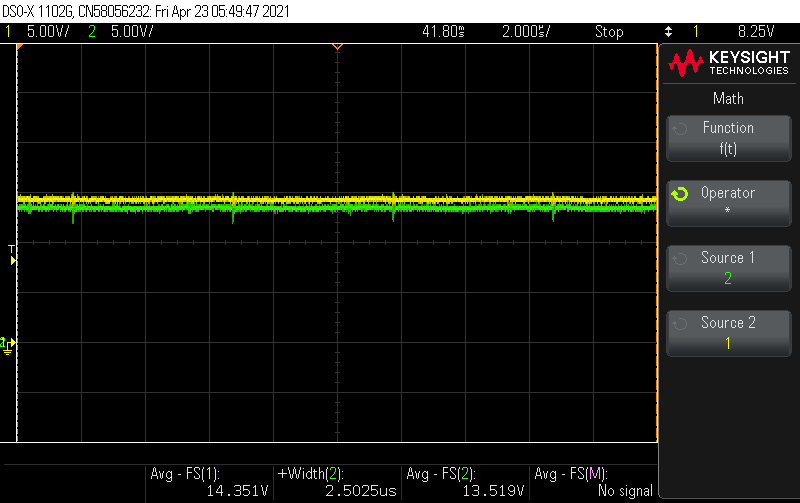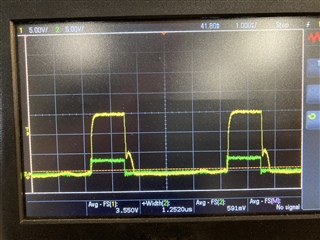Hello,
I am using the SM72295 in my Charge Controller design and I am having issues getting the HOB line to turn on as I want.
Using the signal OUTPUT_FET_DRIVE I am attempting to turn on/Off HOB and get 2 output MOSFETs (Q5 and Q6) to turn on. I want to turn them on above a certain charge current and turn them on below that current. Currently, I can charge at up to 20A successfully by driving the PWM_HIA and PWM_LIA signals. However, toggling the OUTPUT_FET_DRIVE does nothing to the HOB signal and thus Q5 and Q6 stay off constantly resulting in loss during buck conversion. No matter what OUTPUT_FET_DRIVE does, HOB stays at the same potential as HSB.
Any idea what could be happening here?
Below I have images of my schematics and below those I have various images of the device signals labeled when the device is running with a 40Vmp panel at ~315W
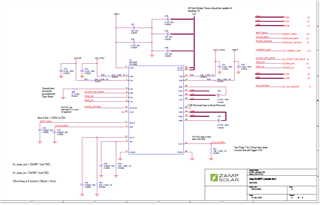
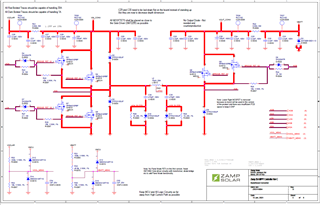
Yellow (ch1) = BRIDGE_FET_G1 / Green (Ch2) = HSA
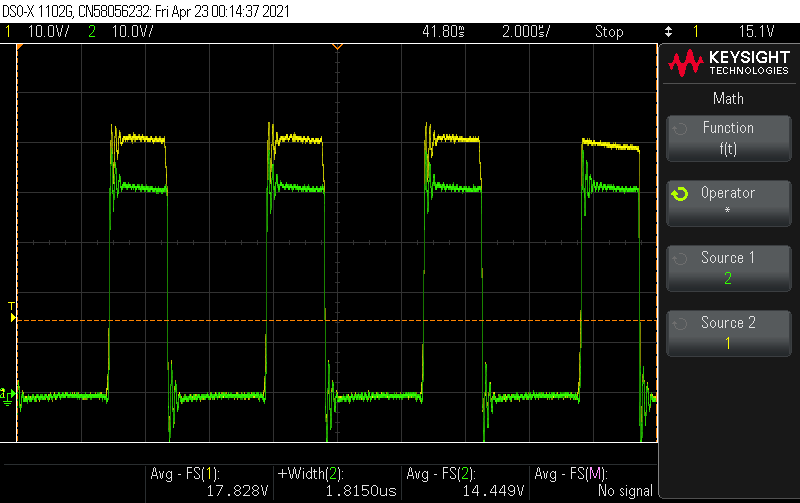
Yellow (ch1) = BRIDGE_FET_G3 / Green (Ch2) = HSA
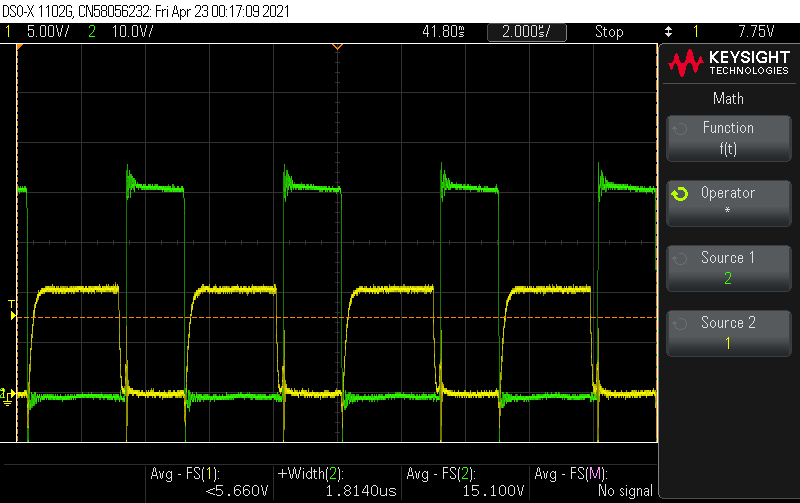
Yellow (ch1) = HSB / Green (Ch2) = Battery Output (Note, BRIDGE_FET_G2 is the exact same voltage as HSB and does not change in response to driving OUTPUT_FET_DRIVE to 3V)
